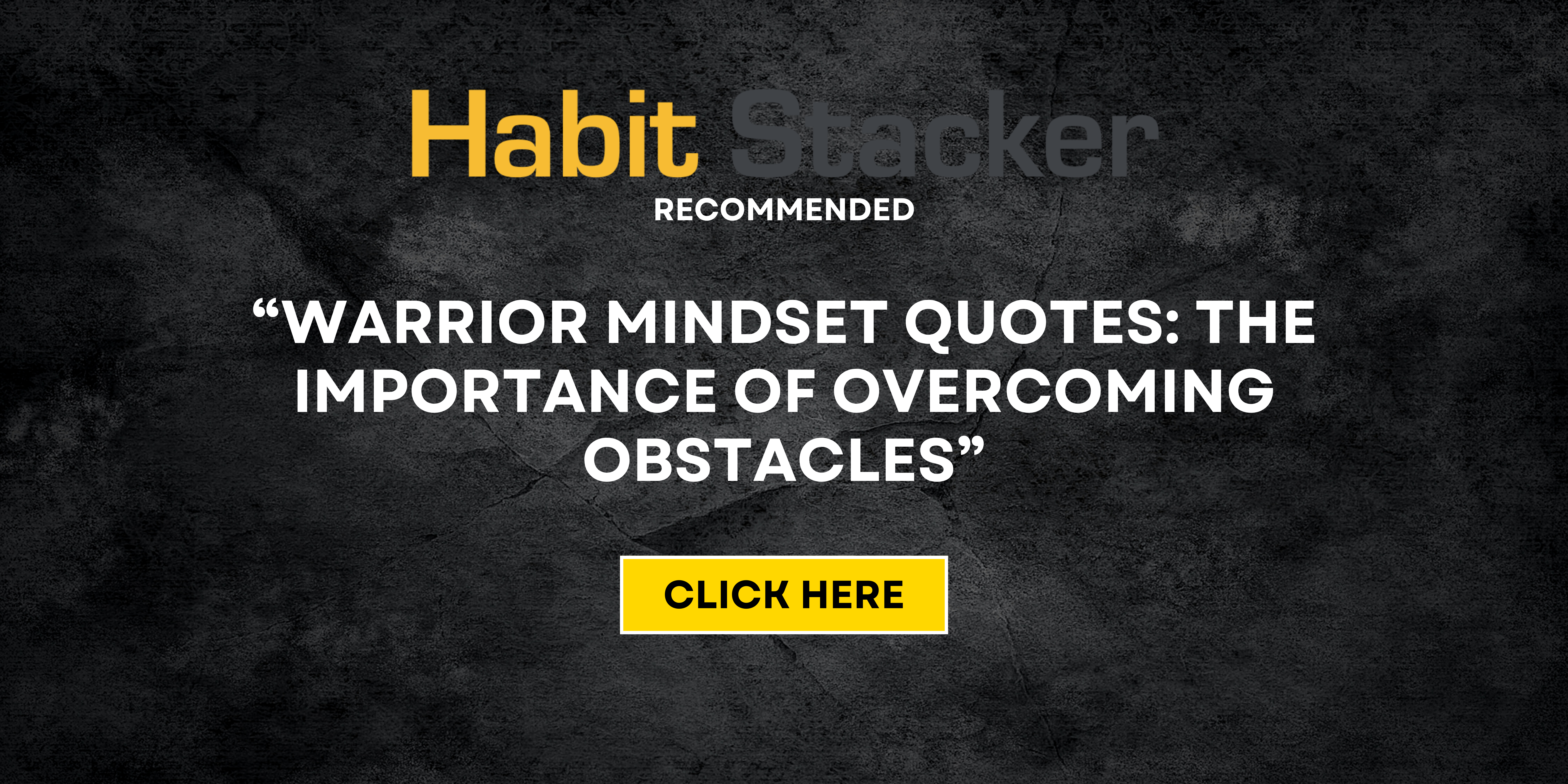Planning is vital to staying focused and succeeding in every aspect of life. Unfortunately, only 20% of the world’s population set goals, and 70% of those who set goals fail to achieve them, according to Reliable Plant. Setting goals boosts motivation, gives a sense of direction, and gives you greater control to make life meaningful.
However, goal setting can only be beneficial if you set challenging goals because they stretch your boundaries and help you focus. To set challenging goals and achieve them, it’s important to understand the goal setting theory and how to use it for success. Keep reading to learn how to set challenging but achievable goals.
Know Why You’re Setting Goals
The first step to establishing realistic and challenging goals is understanding why you’re doing it. Perhaps you want to change or improve your career, maintain a healthy lifestyle, or spend more time with your loved ones. Whatever reasons you have for setting goals, take time to reflect on your values. Then, set goals that align with your values and objectives larger than your imagination.
To achieve the best outcomes, think about your interests, how you spend time, and what adjustments you should make. Also, process your thoughts and feelings and write things you would like to do differently or change. After writing your goals, imagine having achieved them and inspiring others through your achievements. Doing so is key to turning your intentions into reality.
Determine Your Strength and Weaknesses
Before you can start writing goals that challenge you to be better, determine your strengths and weaknesses. When you have an objective view of yourself, your personal development journey becomes more meaningful and effective. Knowing your strengths and weak points allows you to make better choices, like what to prioritize and when to say no or yes to an opportunity. It’s also easy to identify opportunities that set up you for success when you understand what you excel at and struggle with.
Besides making better decisions, individuals who know their strengths and weaknesses have high self-efficacy. The ability to achieve a task at hand is one of the most important considerations when setting goals. Self-efficacy enables you to reinforce your abilities and stay motivated to achieve your goals, regardless of how challenging they might be. When you determine personal strengths and weaknesses, it’s easier to overcome challenges and learn to count the cost of achieving your goals.
Imagine The Future
Remember, your goals should be specific and within your control. To do this, imagine how you want your life to look like in the future. For example, when setting career goals, ask yourself how much money you want to earn, do you want to run your business, and how many hours you want to work? These questions will help you create a roadmap to where you want to be in the future. Aside from imagining your future, visualize yourself taking action steps to achieve your goals. This trick helps you identify opportunities and threats, set a timeline to achieve goals, and track your progress.
Goal setting is beneficial, as it helps you get a bigger picture of what you need to change to be successful. And when you set challenging goals, you can focus on achieving them. With that in mind, set challenging but achievable goals when you have a clear understanding of why you’re doing it. Also, weigh your strengths and weaknesses and visualize your future to maximize the chances of achieving your goals.

